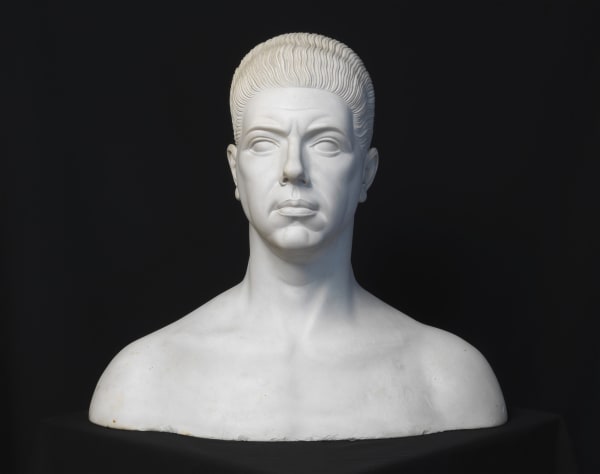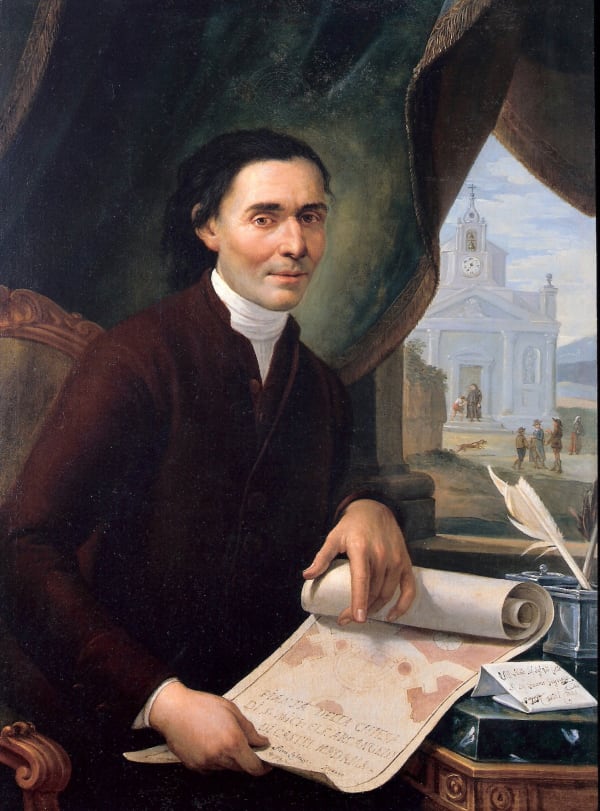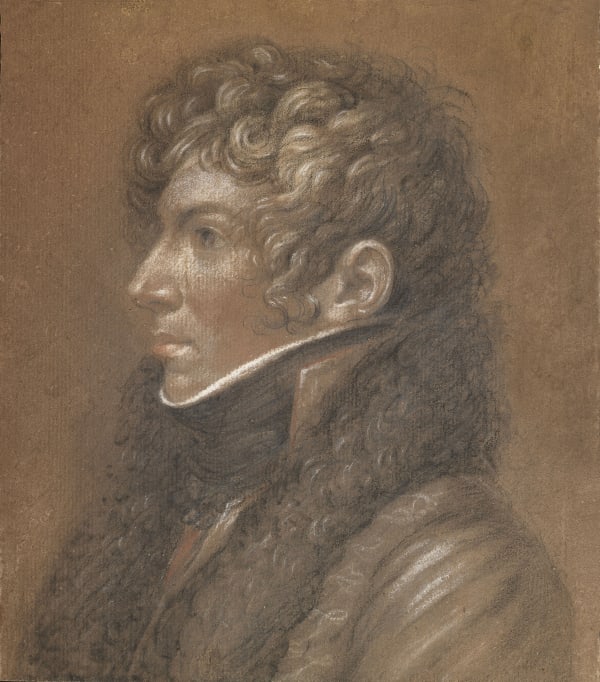AMLETO CATALDI
Portrait of a Young Man, 1920 c.





Principe Abbondio Rezzonico; Cavalier Giovanni Gherardo De Rossi; private collection, Rome
Antonio Canova. L’autoritratto di Giorgione. Un dipinto ritrovato, text byFernando Mazzocca;
Canova e la pittura. La Maddalena penitente, un dipinto ritrovato, curated by Vittorio Sgarbi and Moira Mascotto, p. 75
La beffa. Canova e Giorgione, storia di un autoritratto, exhibition catalogue curated by Matteo Melchiorre,Museo Casa Giorgione, Castelfranco Veneto, 2023.







Subscribe to our newsletter to receive all the news about exhibitions, fairs and new acquisitions!